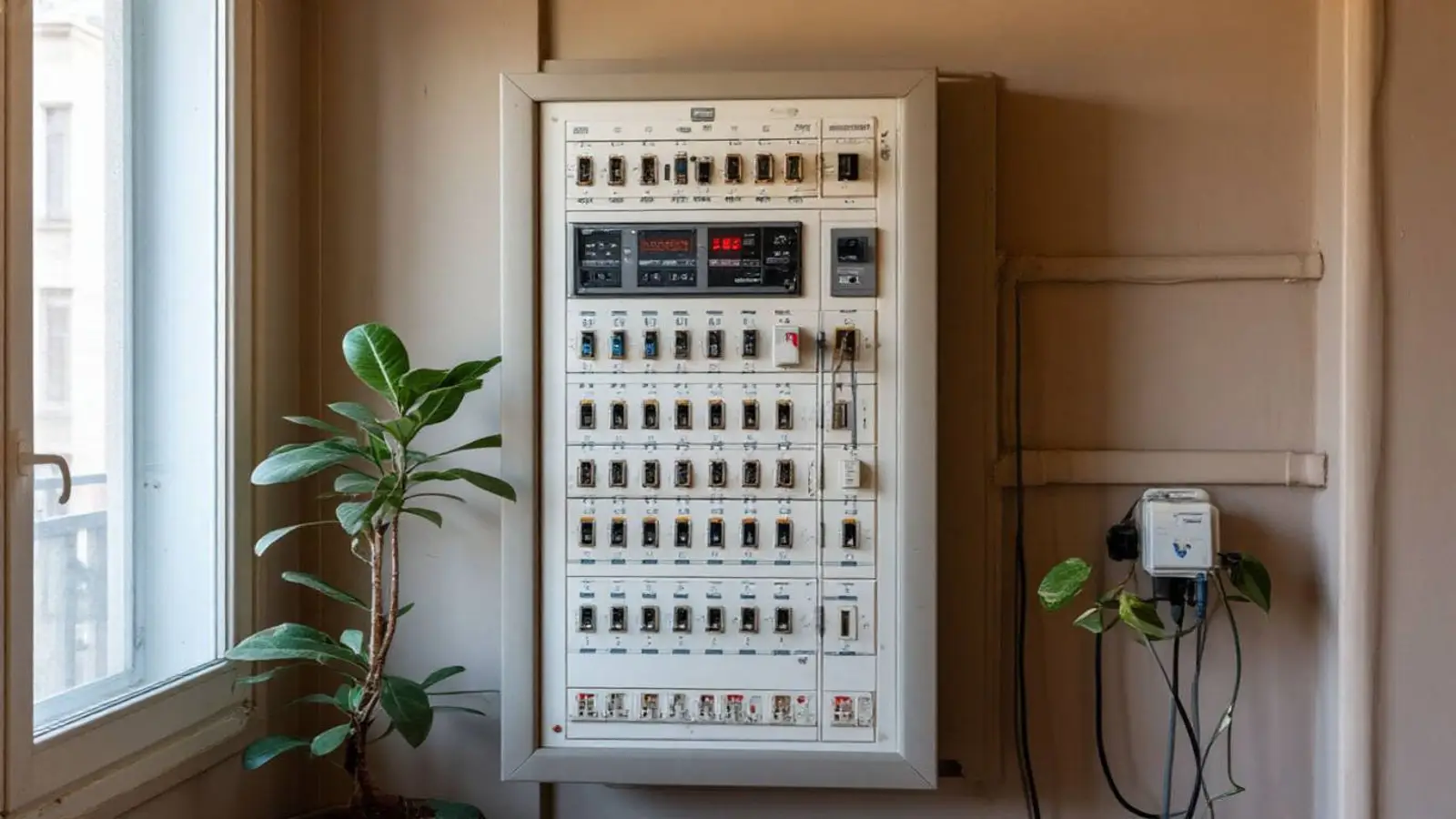https://boda.su/en/posts/id1291-electromechanical-vs-electronic-rcds-broken-neutral-safety
Electromechanical vs electronic RCDs: broken neutral safety
Which RCD is safer when the neutral breaks: electromechanical or electronic?
Electromechanical vs electronic RCDs: broken neutral safety
Learn how electromechanical and electronic RCDs behave with a broken neutral or phase break, and choose safer protection for home electrical safety today.
2025-11-26T02:58:05+03:00
2025-11-26T02:58:05+03:00
2025-11-26T02:58:05+03:00
Outages in home electrical networks tend to reveal themselves suddenly—lights go dark, breakers trip. Yet there are trickier scenarios, like a break in the neutral or phase conductor. In those moments, whether the residual-current device (RCD) holds the line depends on the type you’ve installed.Two ways to stay protectedModern RCDs fall into two categories: electromechanical and electronic. The difference isn’t just in circuitry. An electromechanical RCD operates independently of supply voltage. Its current transformer and trip mechanism let it respond to leakage even if the incoming neutral disappears.An electronic RCD, by contrast, needs power to function. Without voltage, its internal amplifier and control electronics simply don’t turn on.When the neutral breaksA broken neutral is a common and unpleasant fault. It’s particularly risky for an electronic RCD: leakage may occur, but the device won’t disconnect the line because it isn’t powered. Electromechanical protection behaves differently. It can still trip with a neutral break on the input or on the load side. If someone touches a live part or insulation worsens, the device will still act. In real-world wiring, that independence matters more than it seems.A phase break tests the RCD tooA phase break paints a similar picture. An electromechanical RCD remains functional—losing one conductor doesn’t stop it from detecting leakage currents. An electronic unit will cut the circuit only if the break happens downstream of it. If the break is on the input, power is gone entirely, and protection is essentially out of play.Why a broken neutral is more dangerousA lost neutral can bring voltage to places where it doesn’t belong. In some cases the neutral “rises” relative to earth, and touching it becomes as risky as touching the phase. That’s why the ability of an RCD to respond when the neutral is missing is especially important.What to choose: mechanics or electronicsThe debate doesn’t stop. Electronic RCDs have their strengths: they can sense more complex leakage waveforms, which matters with today’s gear—TVs, power supplies, computers. Electromechanical models, however, are more dependable in those rare but dangerous incidents when the neutral goes open. That edge is valuable in older buildings too, where wiring isn’t always pristine.Protection against the neutral break itself is handled by other devices—such as voltage monitoring relays. Still, the RCD remains the first safety barrier, and understanding how it behaves is essential for anyone working with electrical systems.
RCD, residual-current device, electromechanical RCD, electronic RCD, broken neutral, phase break, home electrical safety, leakage current, neutral loss, voltage monitoring relay, circuit protection
2025
articles
Which RCD is safer when the neutral breaks: electromechanical or electronic?
Learn how electromechanical and electronic RCDs behave with a broken neutral or phase break, and choose safer protection for home electrical safety today.
Изображение сгенерировано нейросетью Dall-e
Outages in home electrical networks tend to reveal themselves suddenly—lights go dark, breakers trip. Yet there are trickier scenarios, like a break in the neutral or phase conductor. In those moments, whether the residual-current device (RCD) holds the line depends on the type you’ve installed.
Two ways to stay protected
Modern RCDs fall into two categories: electromechanical and electronic. The difference isn’t just in circuitry. An electromechanical RCD operates independently of supply voltage. Its current transformer and trip mechanism let it respond to leakage even if the incoming neutral disappears.
An electronic RCD, by contrast, needs power to function. Without voltage, its internal amplifier and control electronics simply don’t turn on.
When the neutral breaks
A broken neutral is a common and unpleasant fault. It’s particularly risky for an electronic RCD: leakage may occur, but the device won’t disconnect the line because it isn’t powered. Electromechanical protection behaves differently. It can still trip with a neutral break on the input or on the load side. If someone touches a live part or insulation worsens, the device will still act. In real-world wiring, that independence matters more than it seems.
A phase break tests the RCD too
A phase break paints a similar picture. An electromechanical RCD remains functional—losing one conductor doesn’t stop it from detecting leakage currents. An electronic unit will cut the circuit only if the break happens downstream of it. If the break is on the input, power is gone entirely, and protection is essentially out of play.
Why a broken neutral is more dangerous
A lost neutral can bring voltage to places where it doesn’t belong. In some cases the neutral “rises” relative to earth, and touching it becomes as risky as touching the phase. That’s why the ability of an RCD to respond when the neutral is missing is especially important.
What to choose: mechanics or electronics
The debate doesn’t stop. Electronic RCDs have their strengths: they can sense more complex leakage waveforms, which matters with today’s gear—TVs, power supplies, computers. Electromechanical models, however, are more dependable in those rare but dangerous incidents when the neutral goes open. That edge is valuable in older buildings too, where wiring isn’t always pristine.
Protection against the neutral break itself is handled by other devices—such as voltage monitoring relays. Still, the RCD remains the first safety barrier, and understanding how it behaves is essential for anyone working with electrical systems.

